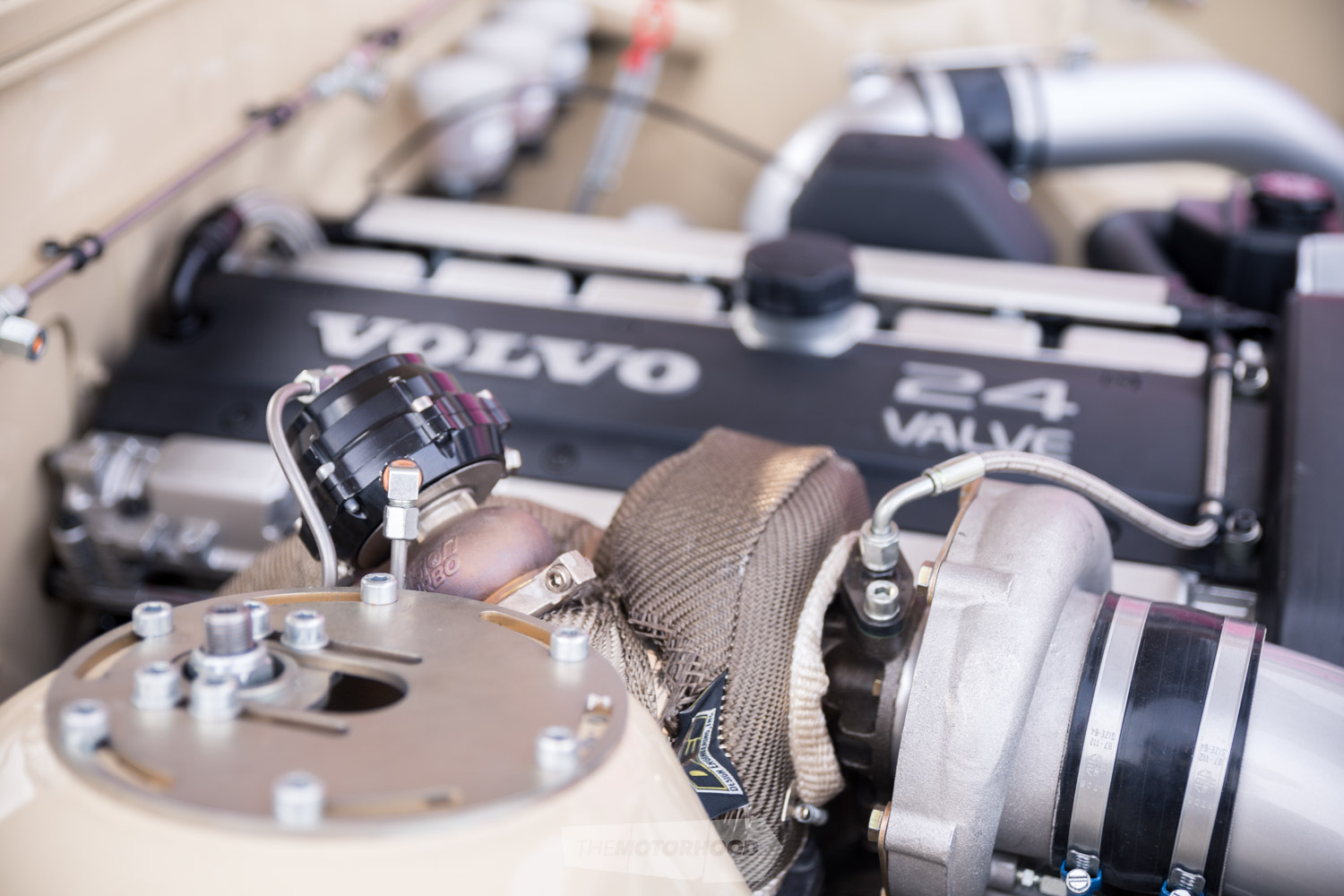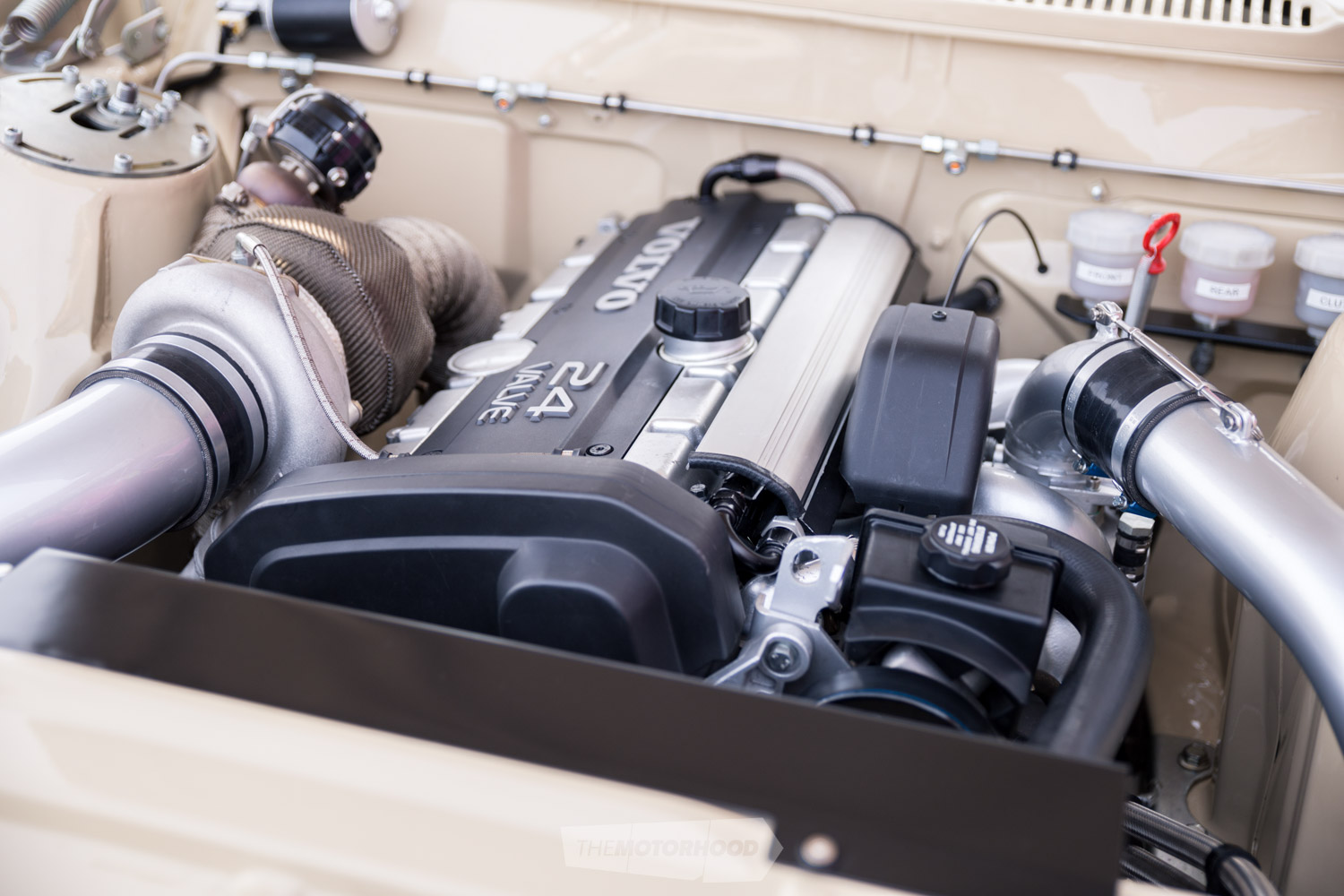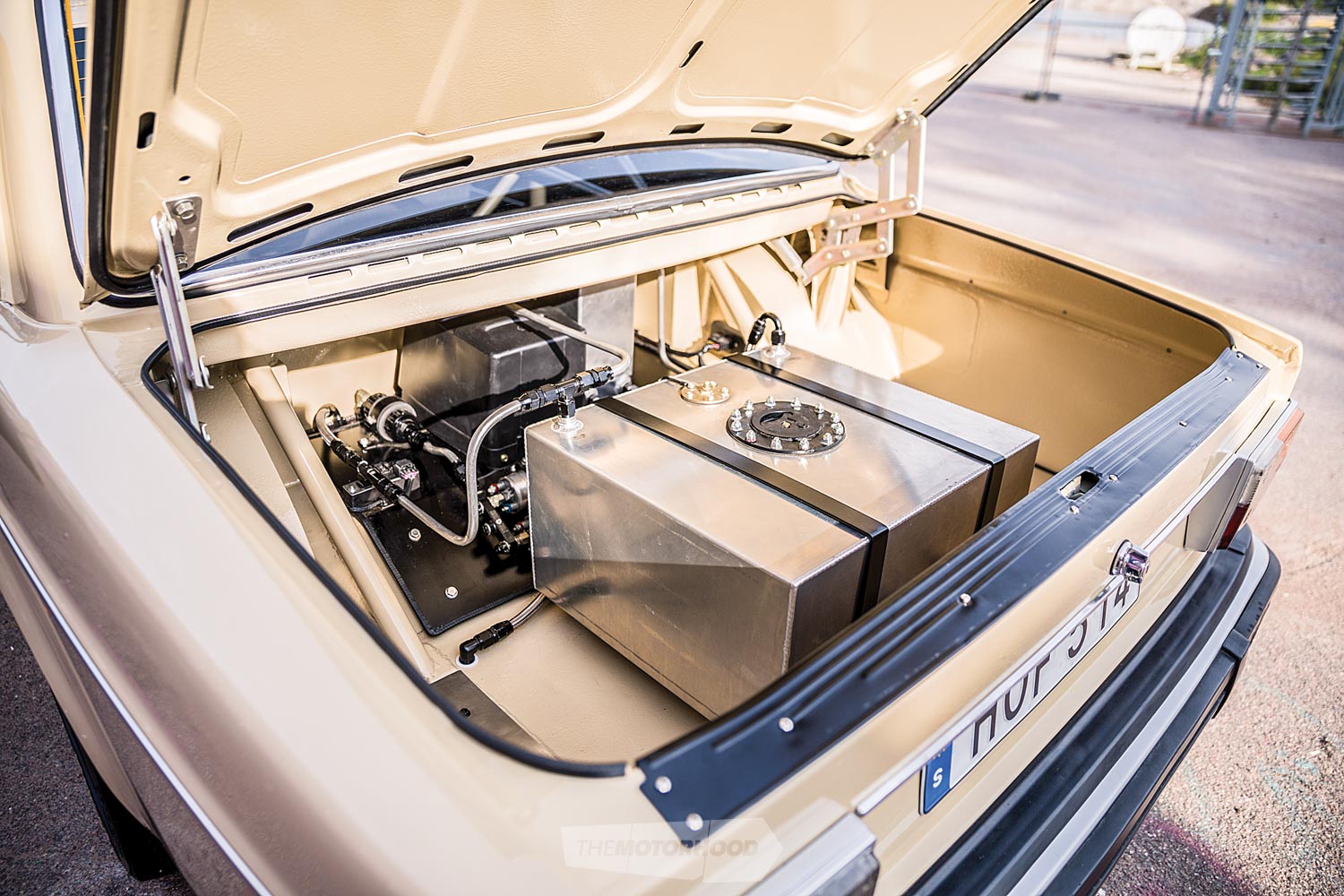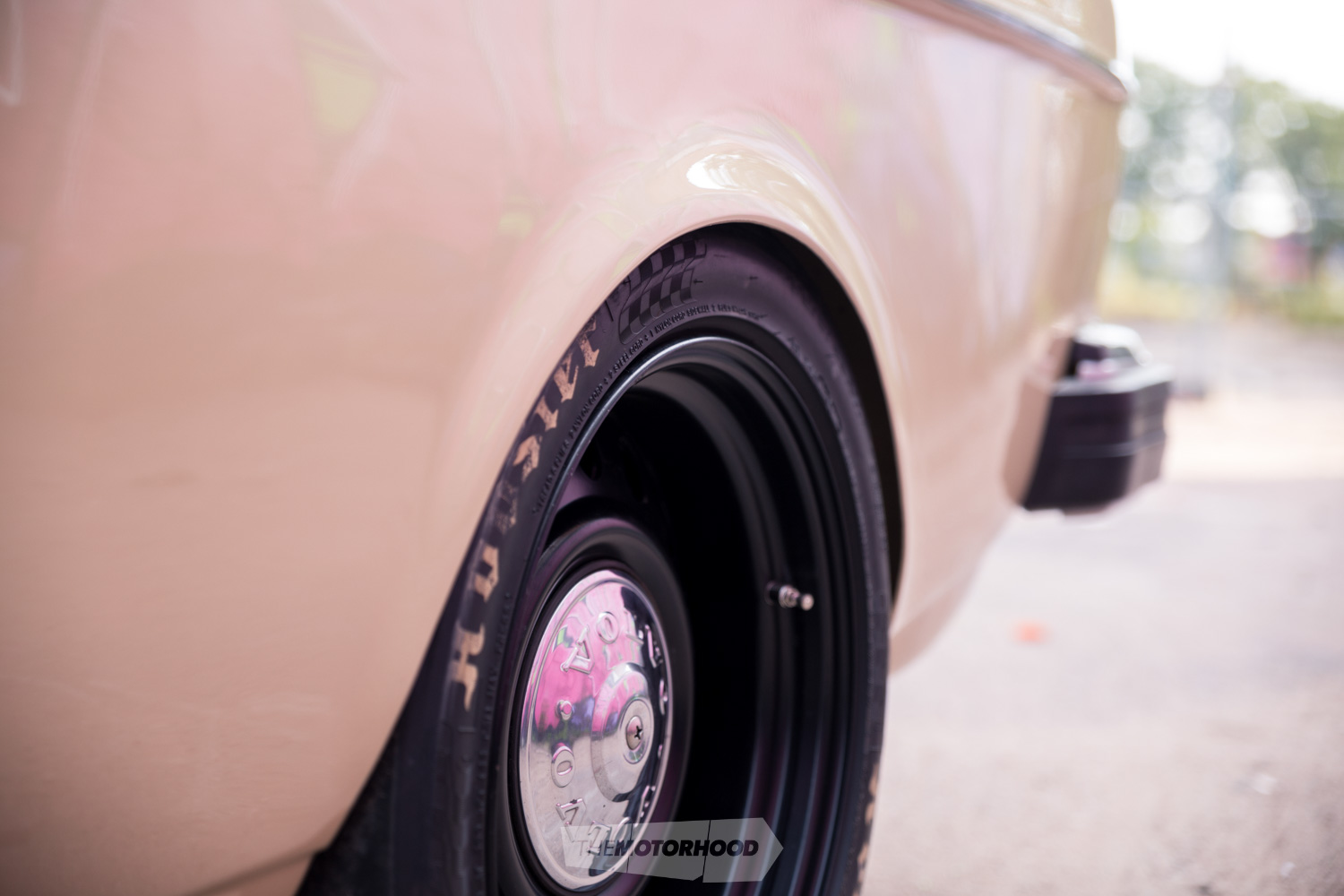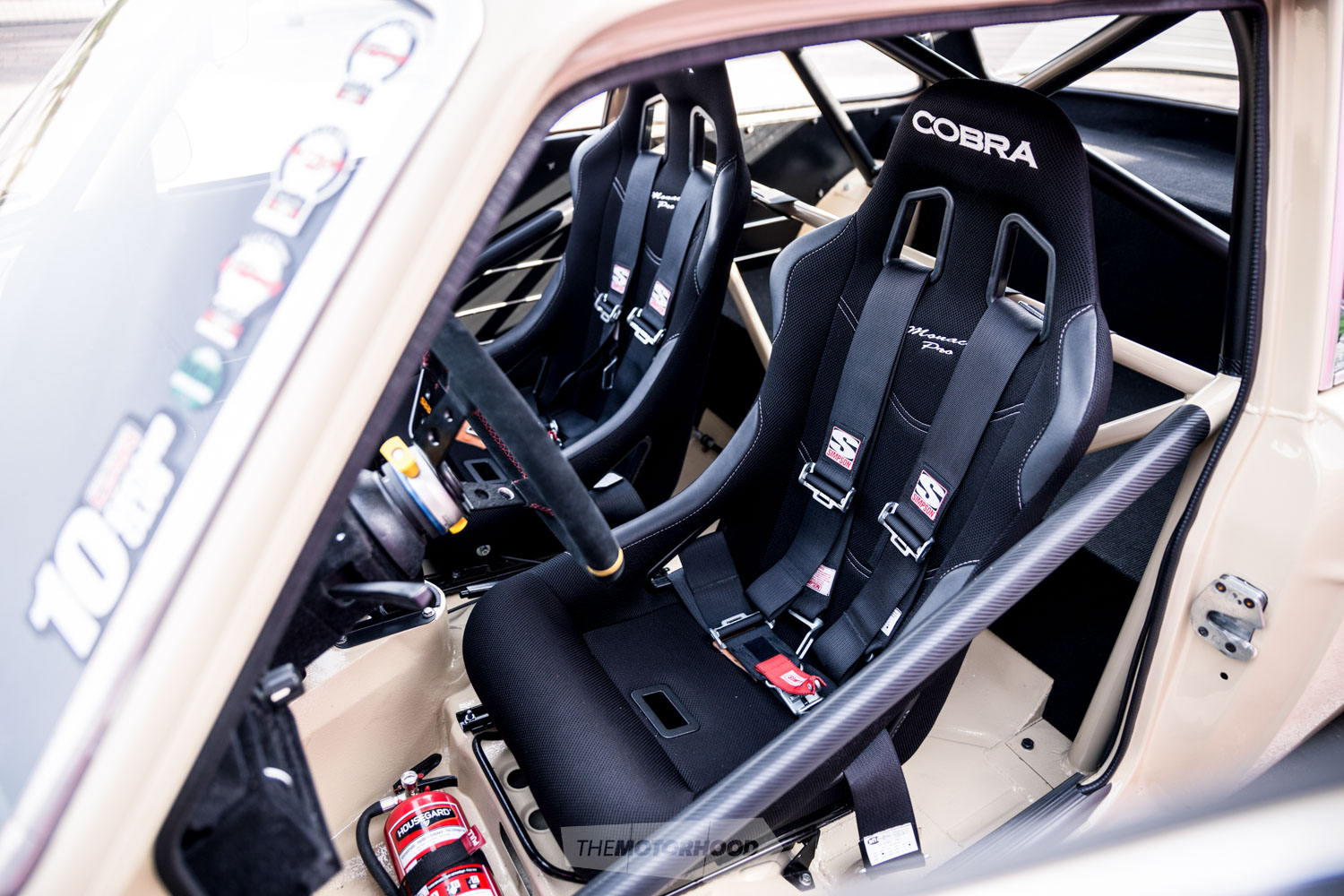This Volvo may look like nothing more than grandad’s grocery-getter, but it packs a dirty secret underneath its skin — one that sees it upset supercars on the regular
Photos: Matilda Kälström
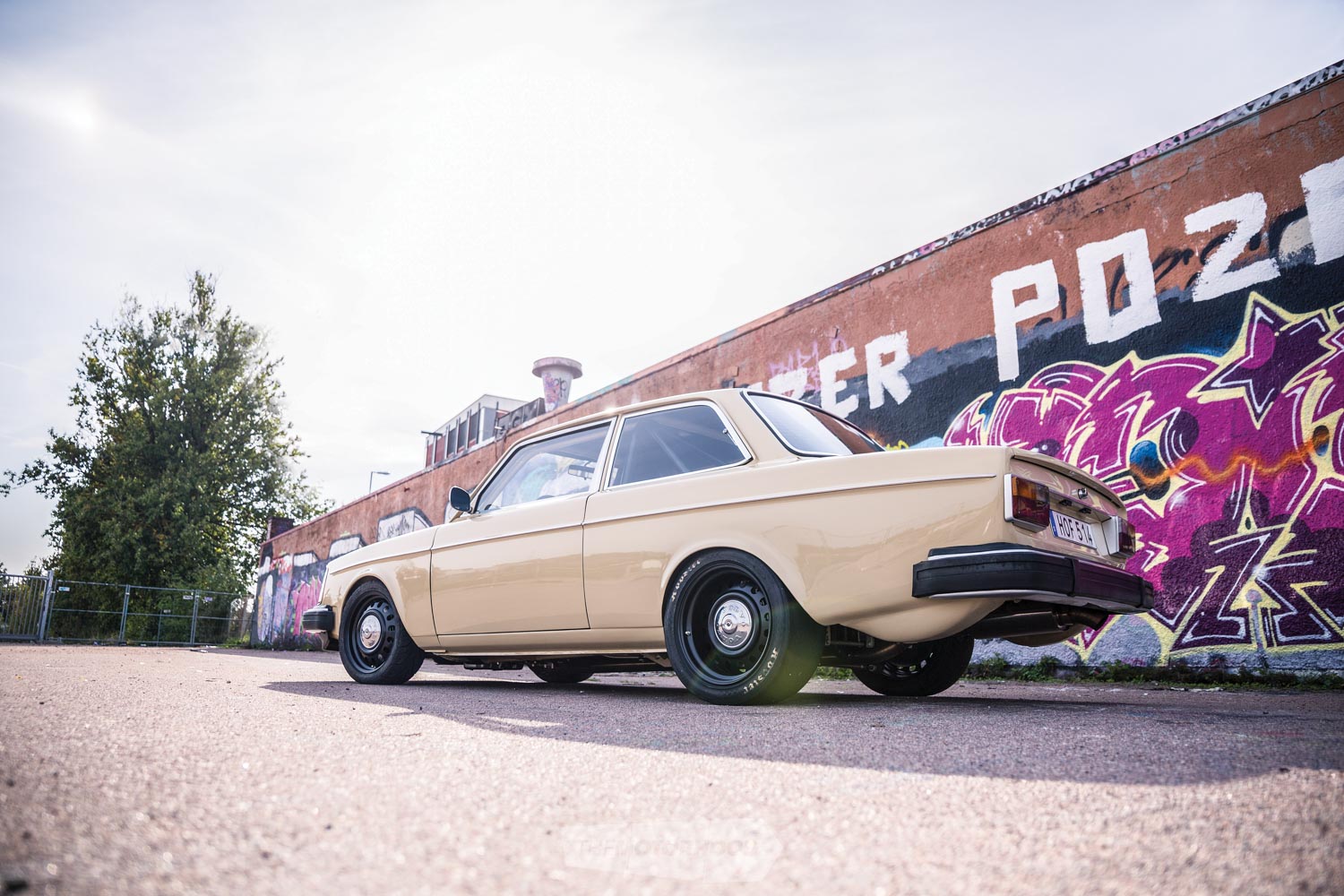
Necessity is the mother of invention. Kiwis understand that sentiment best when it comes to drag racing. Hot rodders of old were revered for their ability to take seemingly nothing, mash a bunch of parts together, and go out and break records on the strip. This has always meant that as the lust for speed grew, we looked overseas to lap up the styles and trends that evolved out of years of local support and adapted them to form our own unique flavour and availability. Nowadays, you can find a modified example of almost every brand from far off lands roaming our streets and strips.
But if we said the words ‘drag car’ here on home soil, we wouldn’t blame you for not thinking instantly of Volvo. However, hop on a flight to Sweden and say the exact same phrase, and you’ll be met with nothing but the brick’s brand name, as a result of strict import laws that protect local manufacturers. This has meant that, like us, our Swedish brethren have been forced to make do with what they have on hand.
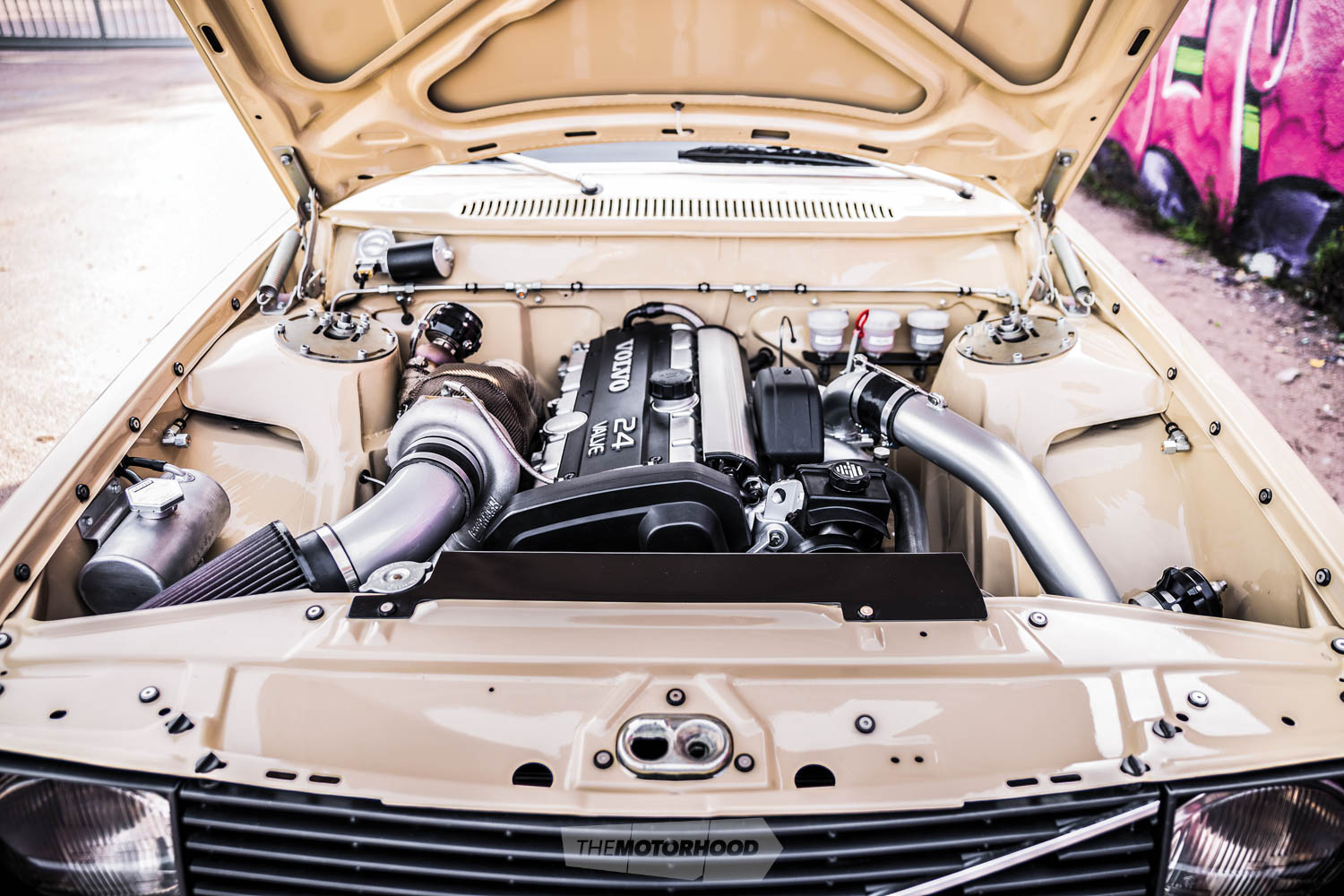
Luckily for them, what they have is a shitload of Volvos, and fairly loose modification laws when it comes to ageing examples. That’s what sparked Swede and avid NZ Performance Car reader Per Gustavsson’s own 1975 Volvo 242 build: “I’ve always been interested in cars, and my previous build was a Volvo as well. They are easy with parts, and people like to modify them here,” he says. “From the start, it was supposed to be a budget build, but soon it became more serious when I read about the Pro Touring trend.”
He wanted a car that looked discreet, something that your grandfather would drive to cruise down to the local dairy for milk and a pack of smokes — a car that doesn’t stand out but has the performance and handling of a more modern vehicle. Luckily for Per, Swedish modifying laws are pretty lax for older cars, and as he tells us: “Up to 1975, we can basically do what we want with the car, and still get it street legal — V8 swap, turbo, whatever.”
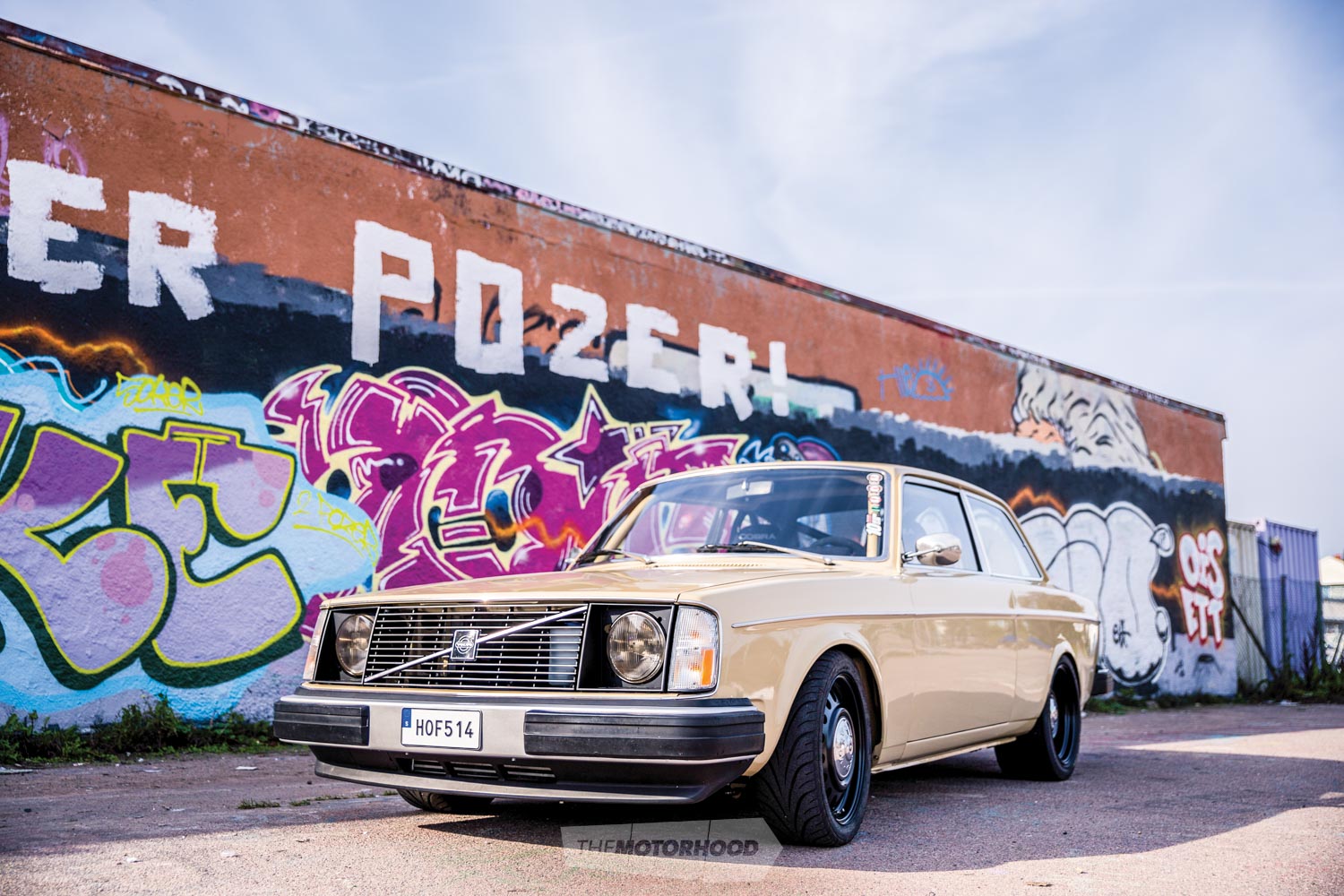
The only requirement that you need to meet is a power-to-weight cap of 15kW per 100kg of weight (and some emissions rubbish — a 4.5 per cent max CO2 value). Naturally, ’75 Volvo tech isn’t where you’d look for power, and Per binned the 67kW four-cylinder carburetted motor that was fitted his 242 in favour of a 1995-spec B6254 straight-six from a Volvo 960. In factory form, the non-turbo 2.5-litre makes 130kW, but, work a bit of black magic in the form of Frankensteining various Volvo internals into the block, slapping a turbo on the side, and chucking fuel at it, and you will end up with a boosted stroker good for 500kW or more. Per tells us: “The stroker thing on this motor is well known here in Sweden … I did the motor assembly myself, and a local company did the machine work.”
To support such ambitions, Per took the B6254 block — which he describes as being like a “cassette”, wherein the cylinder sleeves are hollowed around the perimeter and prone to warping and cracking — and had it fitted with alloy rods to fill the void. A set of Wiseco 850 Turbo-spec pistons and rods before being connected to a Volvo B6304 three-litre crankshaft. This mish-mash not only increases capacity to 2.8 litres but also decreases the compression ratio to that of the locally revered Volvo 850 turbo, with a final ratio of 8.5:1 — perfect for a touch of boost.
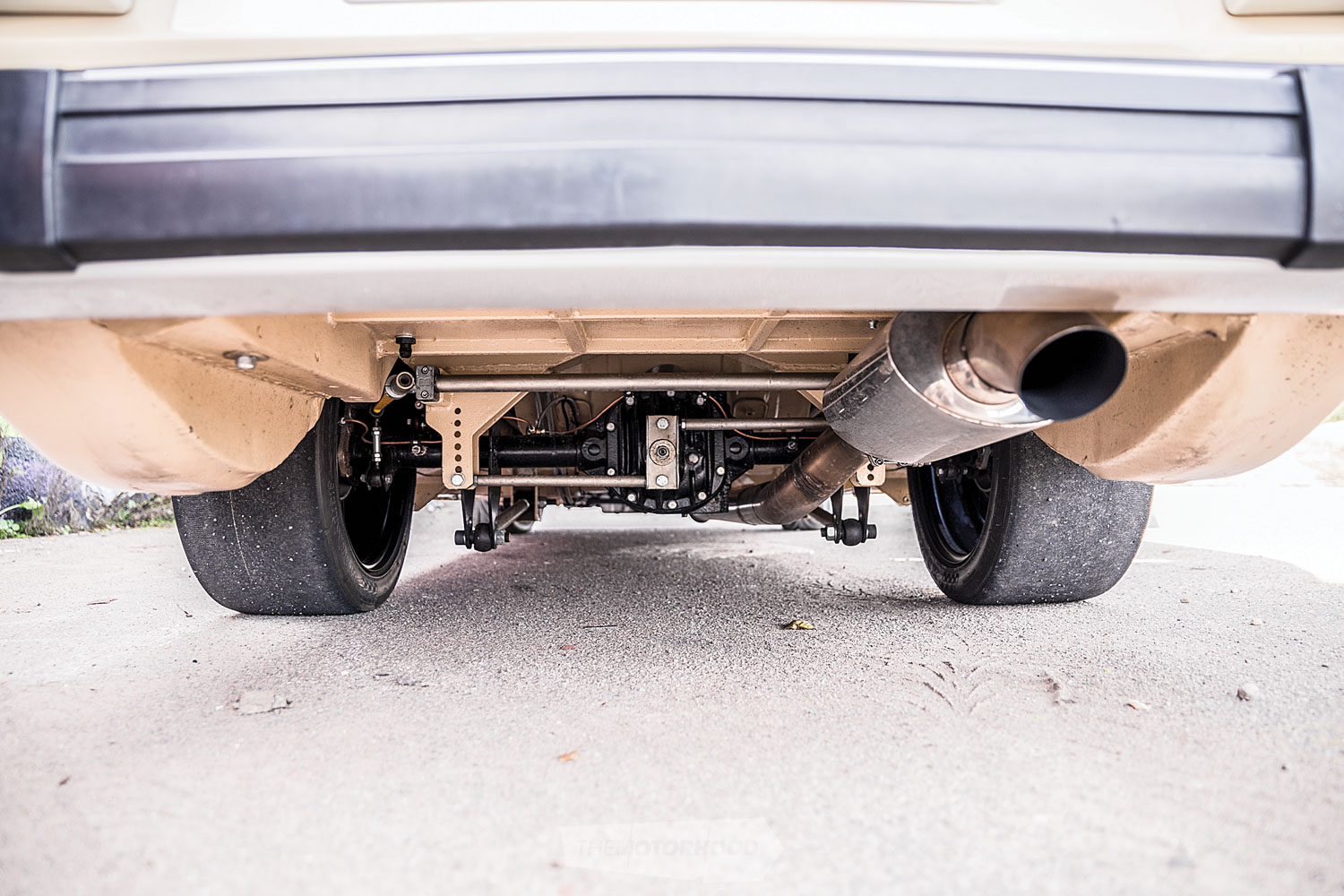
That boost — all 38psi of it — comes by way of a Precision SC6266, chosen for its ability to spool quickly and still pump chuff up top. “I wanted a turbo that [was capable of] producing a lot of power and spools really quick,” Per says, “so I’m super happy with the Precision, but I think it has reached its limit now … maybe I’ll change [it], but I don’t want to lose that nice spool.”
Inside the bay, you won’t find a spaghetti plate of wiring and fluid lines, as Per was very particular about hiding everything from view — an example better than some show cars we’ve seen. “I wanted no cables [to be seen], or as few as possible. I also tried to use as many OEM parts as possible to get the [factory] look so it would look like Volvo built the car like this,” he says. That pursuit of perfection also saw the completed boot-mounted fuel system — which consists of a 56-litre fuel cell, four-litre surge tank, and triple Bosch 044s feeding Bosch 1300cc injectors on a Nuke Performance fuel rail — yanked back out after seeing an example online that ran alloy lines instead of Per’s braided versions: “It was much cleaner, so I ripped the fuel system out and replaced it with alloy pipes, new fittings, etc. … it probably cost me around NZ$1200 extra.”
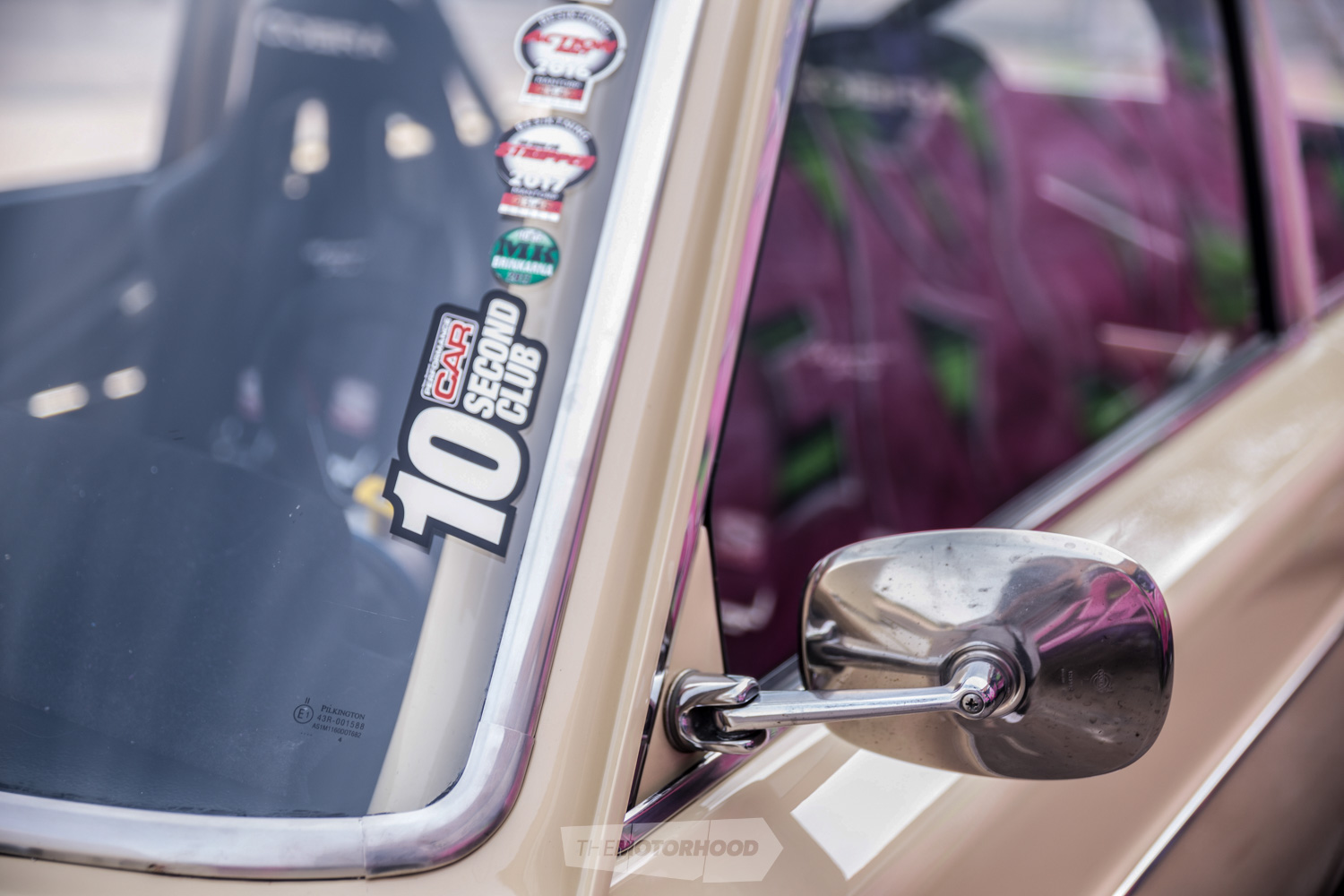
At Performance Center Syd in Sweden, the final package produced 503kW on 38psi (drag tuned) running E85, and it has a second profile for street use that brings the party back down to a modest 230kW on 8.7psi — a simple workaround for the Swedish power-to-weight cap to allow the brick to be pedalled on the streets legally.
With the performance side of the equation taken care of, Per focussed on getting the old girl to handle like a drag car. This saw the brick fitted with Bilstein Clubsport coilovers up front, AVO coilovers down back, and Millway Motorsport springs at all four corners. The factory control arms were switched for custom tube examples, while a Volvo 1031 limited-slip (3:31:1) solid-axle diff has been slotted in place at the rear with a custom Watts linkage to eliminate tramping. Sellholm knife-blade sway bars can also be found underneath.
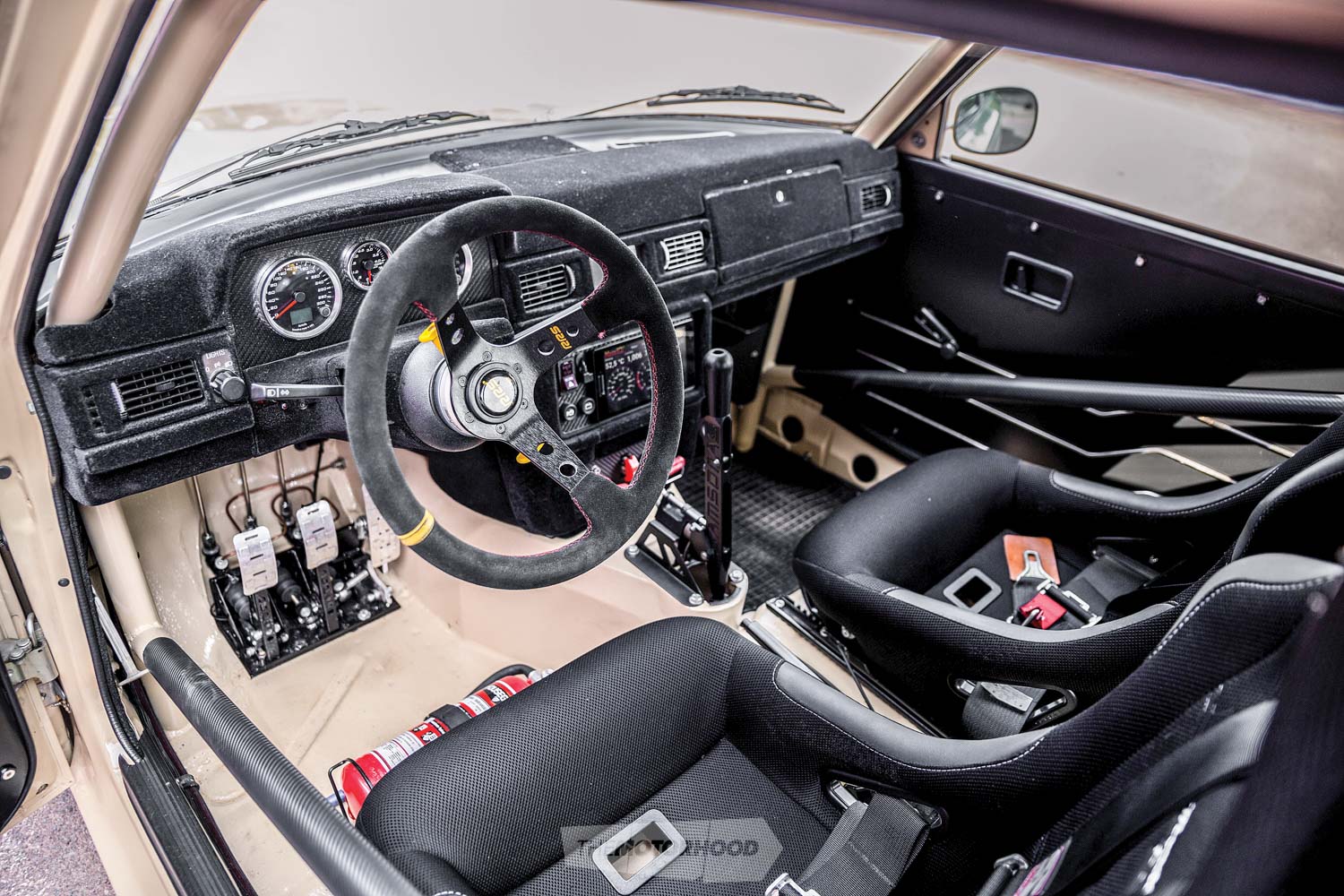
To achieve the discreet look that Per wanted, the body retains factory styling, with a few subtle details to accommodate what’s going on underneath the skin. The rear guards and arches have been widened to fit 17×9.5-inch steelies shod with 275/40 Hoosier drag radial rubber for streeter duties, and 15×8.5-inch steelies wrapped in 26×10 Hoosier Drag Slicks come strip time — both finished with Volvo 140 OEM centre caps. The door handles and petrol cap were shaved, and the entire car given a fresh lick of Volvo OEM Mojave Beige by Per himself, with the help of Kalmar Sand Blast and Paint.
Per’s personal best is an impressive 10.74 seconds at 221.58kph, which earned him an NZ Performance Car 10 Second Club sticker, proudly worn on the front window. “I’ve been drag racing for two years with the car … [and] I love the look on people’s faces when you race against their Porsche or Lamborghini and they lose against an old Volvo,” Per says. “I also like to drive 1000m rolling start races, and want to get it out on track in future.
“Too bad our summers in Sweden are so short, [leaving] just four months [of] racing!”
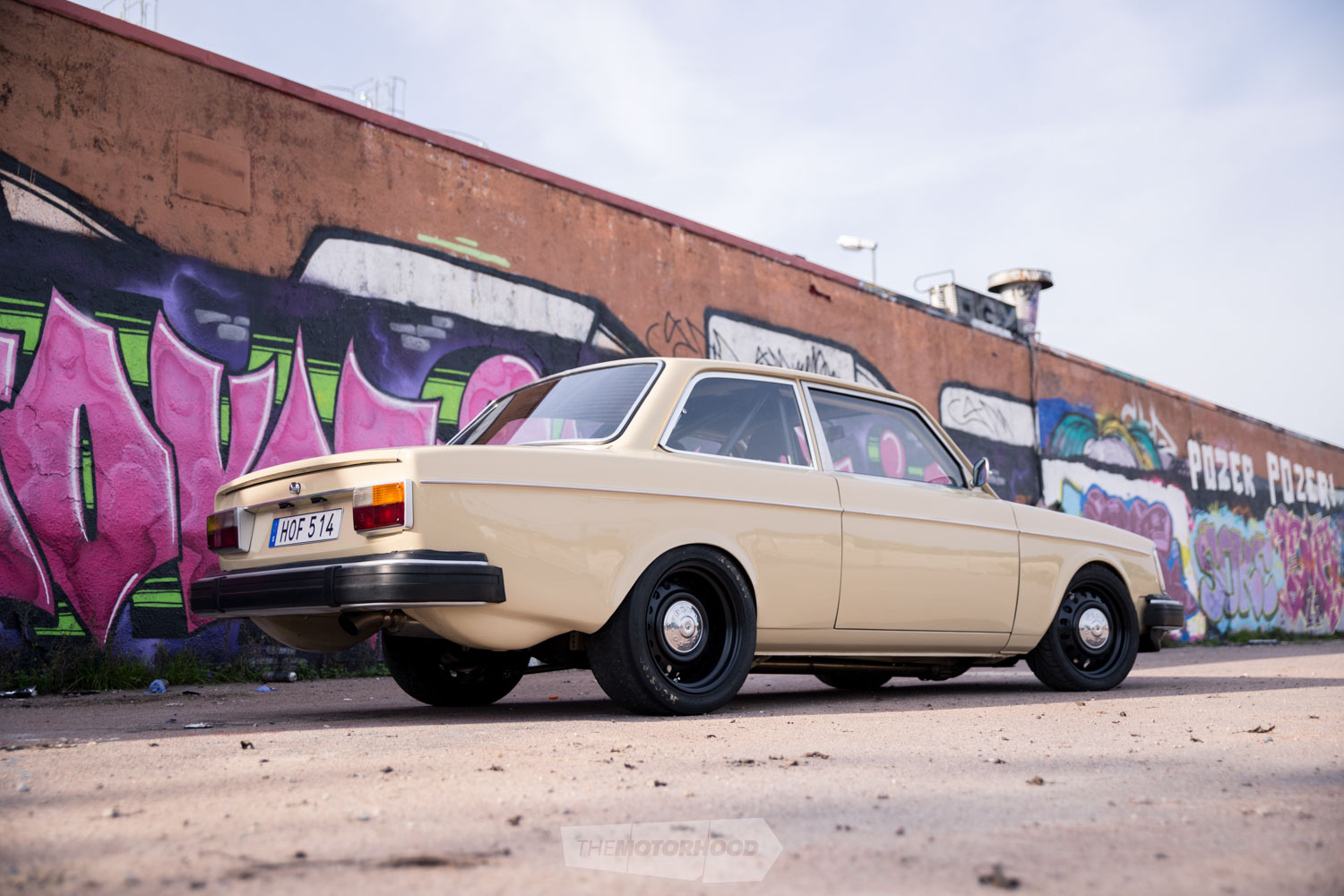
1975 Volvo 242
Heart
ENGINE: Volvo 960 B6254, 2473cc, six-cylinder
BLOCK: Strengthened block, Volvo 850 turbo-spec Wiseco pistons and rods, Volvo B6304 three-litre crankshaft
HEAD: Volvo B6304 camshafts
INTAKE: K&N filter
EXHAUST: 3.5-inch stainless system, 3.5-inch muffler, V-band connections,
TURBO: Precision SC6266, custom manifold
WASTEGATE: Precision PWa46
BOV: TiAL Q 50mm
FUEL: 56-litre fuel cell, four-litre surge tank, triple Bosch 044 pumps, Aeromotive A1000 fuel-pressure regulator (FPR), -8AN alloy fuel lines, PWM control module, E85 sensor, Nuke Performance fuel rail, Bosch 1300cc injectors
IGNITION: VAG coils, NGK iridium spark plugs
ECU: MaxxECU
COOLING: Griffin alloy radiator, oil cooler
EXTRA: MAC boost solenoid, oil catch-can, OBP Motorsport header tank, Fogmaker fire-extinguisher system
Driveline
GEARBOX: BMW 530d six-speed, Samsonas shifter
CLUTCH: Sachs six-puck metallic and 765 racing pressure plate
FLYWHEEL: Modified OEM
DIFF: Volvo 1031 limited-slip (3:31:1)
EXTRA: OEM driveshaft, custom prop shaft
Support
STRUTS: (F) Bilstein Clubsport coilovers, Millway Motorsport springs (R) AVO coilovers; Millway Motorsport springs
BRAKES: OBX pedalbox; (F) Brembo four-pot calipers, 330mm rotors, Carbotech XP8 pads, (R) Brembo four-pot calipers, 330mm rotors, Volvo R pads, Ipsco handbrake calipers, Lokar wires, Jegs Performance line lock
EXTRA: Custom tube lower-control arms, Kaplhenke quick-steer roll correction, Watts linkage, Sellholm knife-blade sway bars, eight-point roll cage
Shoes
WHEELS: 17×7-inch and 17×9.5-inch steelie (street), 15×8.5-inch steelie (drag); Volvo 140 OEM centre caps
TYRES: 215/40R17 Federal 595RSR and 275/40R17 Hoosier drag radial (street), 26×10-15 Hoosier drag slick (drag)
Exterior
PAINT: Resprayed Volvo OEM Mojave Beige by Per and Kalmar Sand Blast and Paint
ENHANCEMENTS: Widened rear guards and arches, shaved door handles and petrol cap
Interior
SEATS: Cobra Monaco Pro, Simpson harnesses
STEERING WHEEL: RRS deep-dish with FIA quick release
INSTRUMENTATION: Speedhut Revolution tachometer (0–10,000rpm), speedometer (0–300kph), and four-bar boost gauge; tablet ECU display
Performance
POWER: 503kW (drag tune), 230kW (street tune)
BOOST: 38psi (drag tune), 8.7psi (street tune)
FUEL TYPE: E85
TUNER: Performance Center Syd
QUARTER-MILE: 10.74s at 221.58kph

Per Gustavsson
AGE: 37
LOCATION: Kalmar, Sweden
OCCUPATION: Refrigeration technician
BUILD TIME: 10 years
LENGTH OF OWNERSHIP: 13 years
THANKS: My family, friends, and the companies involved for their support and help throughout the years. No one mentioned, nobody forgotten! A special thanks to Matilda Kälström at Kälström Photography for the awesome photos.
This article originally appeared in NZ Performance Car issue No. 252 — to get you grubby mitts on a copy click he cover below





